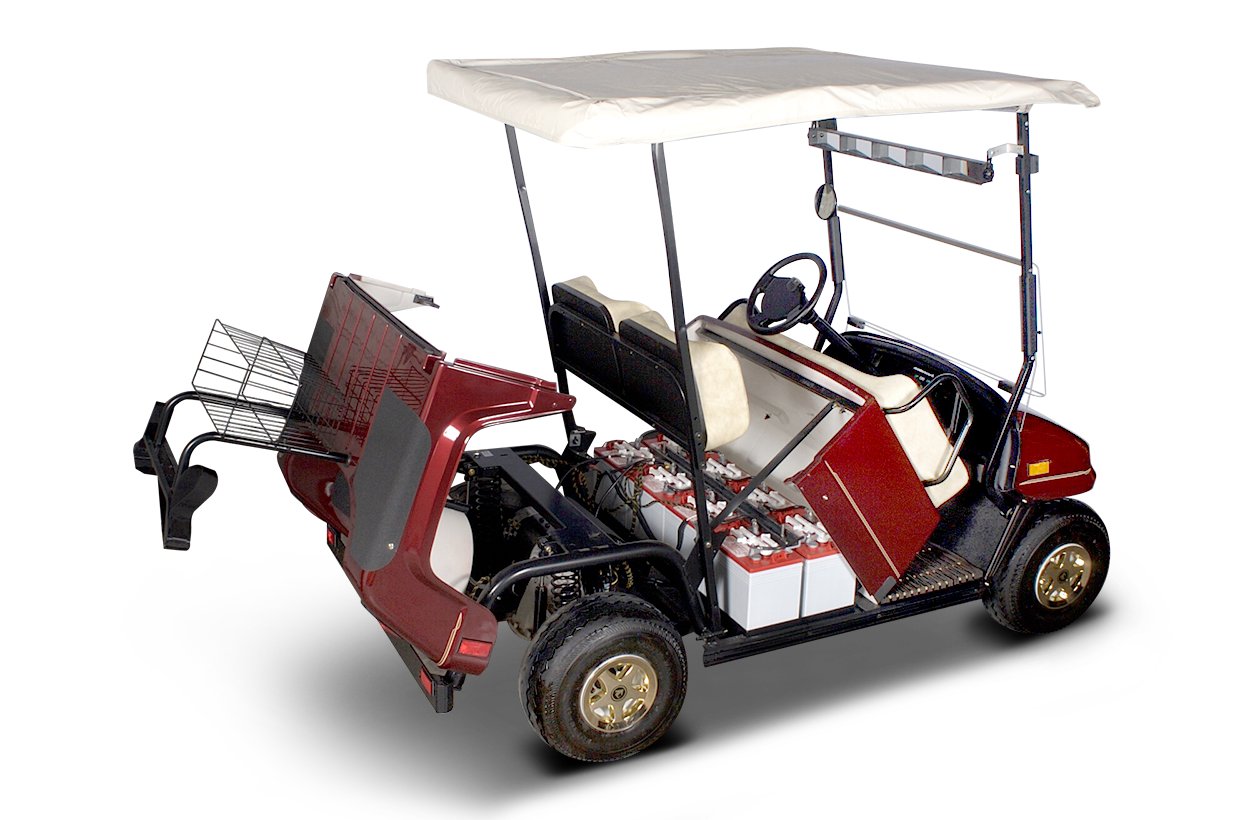Columbia has long been a pioneer in the design and manufacture of electric vehicles for industrial and commercial applications. Since its inception in the 1940's, Columbia has developed groundbreaking technologies and longer lasting, safer vehicles. As time passes, Columbia continues to lead the electric vehicle industry and live out its mission of providing "inspired solutions that move our customers."
In a four-part series on innovation, you will see Columbia's history broken down by decade beginning with the 1980's. Each decade heralds extensive technological growth in structural advancement, power and battery efficiency, as well as engineering and design that has propelled Columbia along the path to being one of the top innovators in the industry today.
In the 1980's, Columbias main focus was on improving performance and lowering maintenance costs for end users. There were two main developments that allowed Columbia to shine: the front wheel camber adjustment and the two-part clamshell design. By adding the camber adjustment, they were able to extend tire wear and increase duration and safety while operating the vehicle. This technology has since become standard for electric vehicles.
They were also the first to introduce the two-part clamshell design. This design breakthrough allowed for complete access to both the front and rear of the vehicle without removing the entire shell. With repair and service costs on the rise, this innovative design resulted in decreased repair time and lowered the chances of shell damage, resulting in savings to their customers.
With the introduction of the front wheel camber and the two-part clamshell design in the 1980's, Columbia set the industry standard for design and efficiency. Then, with these two modifications in place, Columbia was able to head into the 1990's well ahead of the competition. Our team immediately began work on other areas of development and technological advancements.
Stay tuned for part 2 of the Columbia innovation series to see how Columbia developed better battery operations and speed capabilities!



